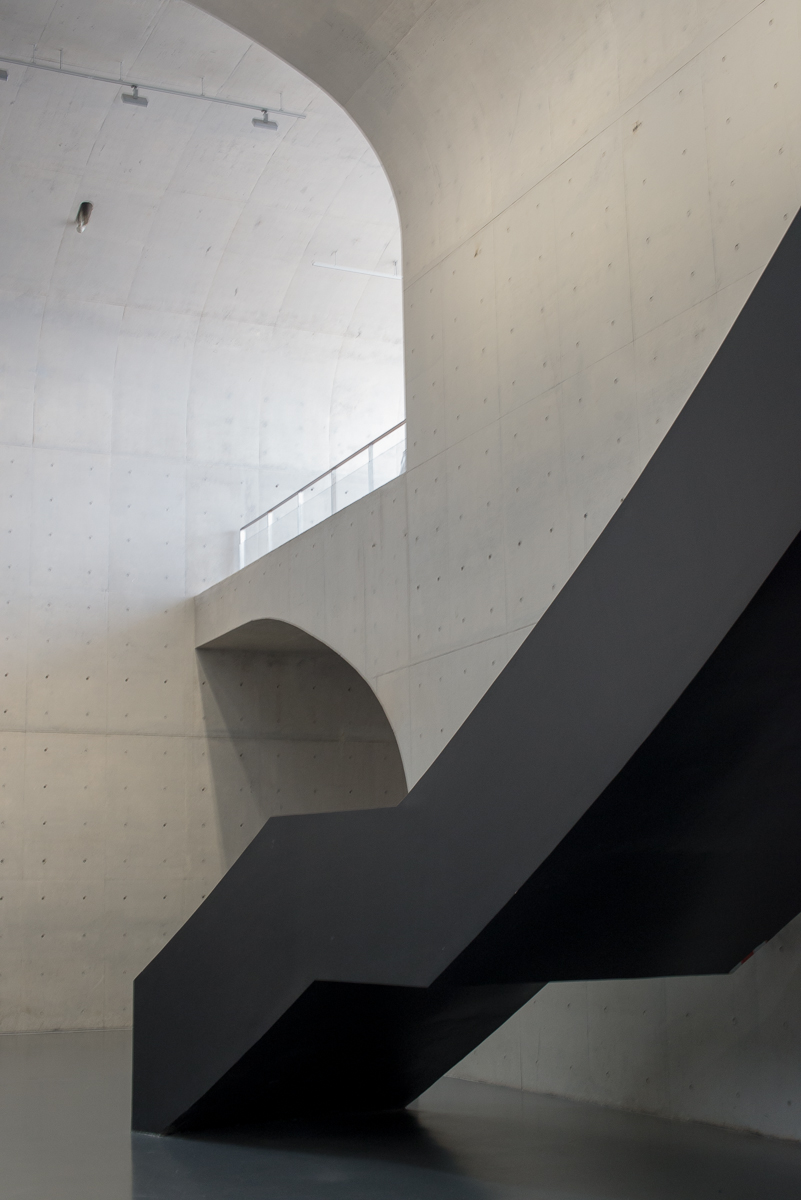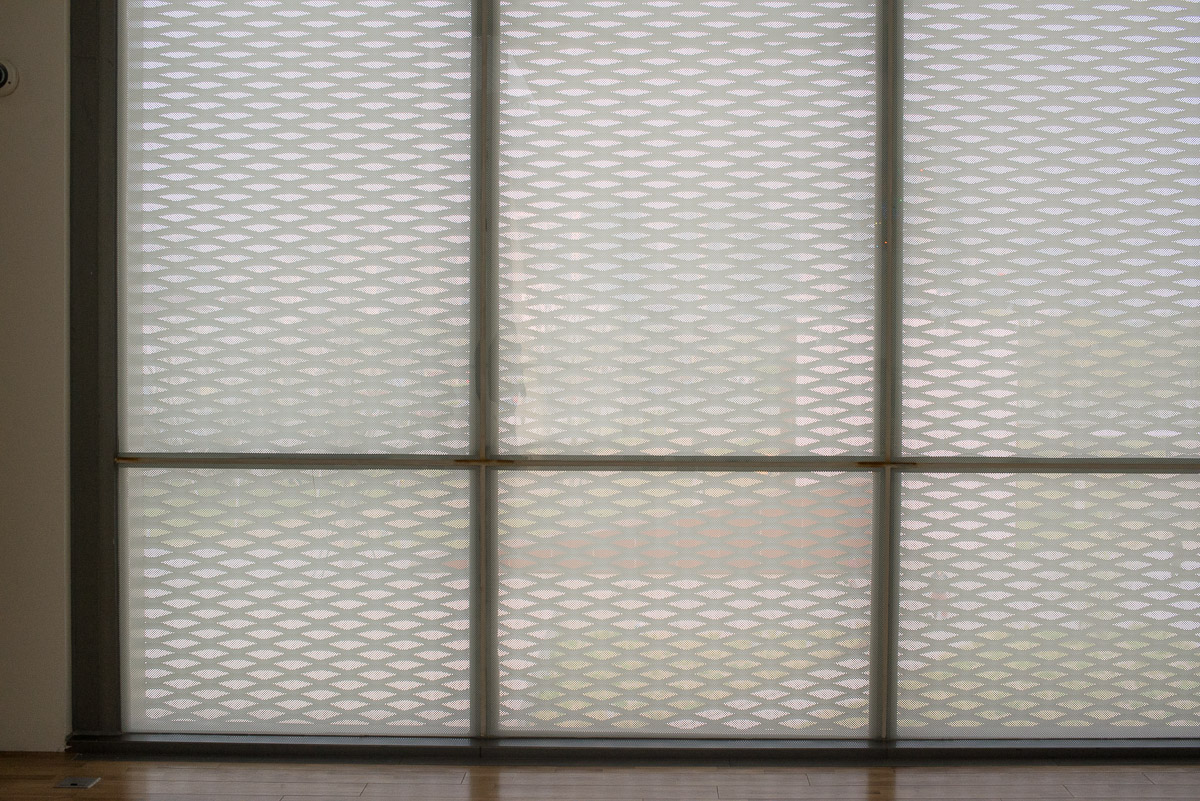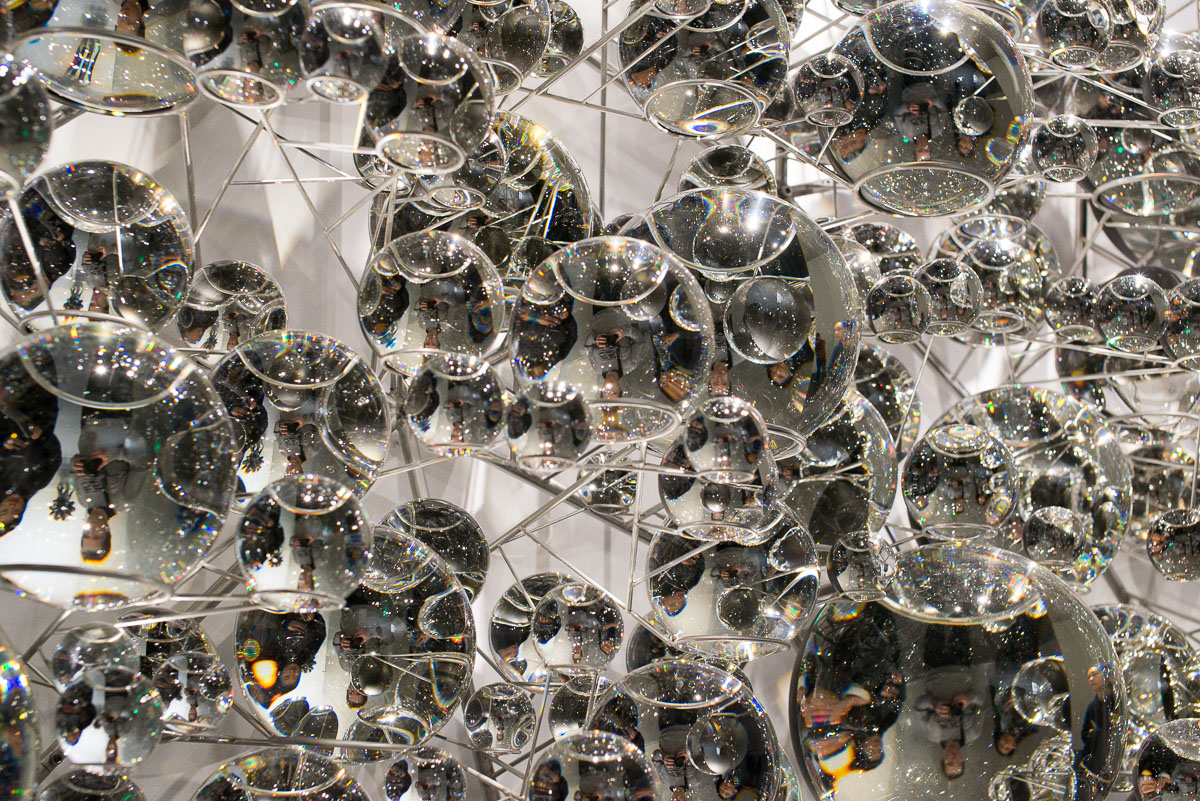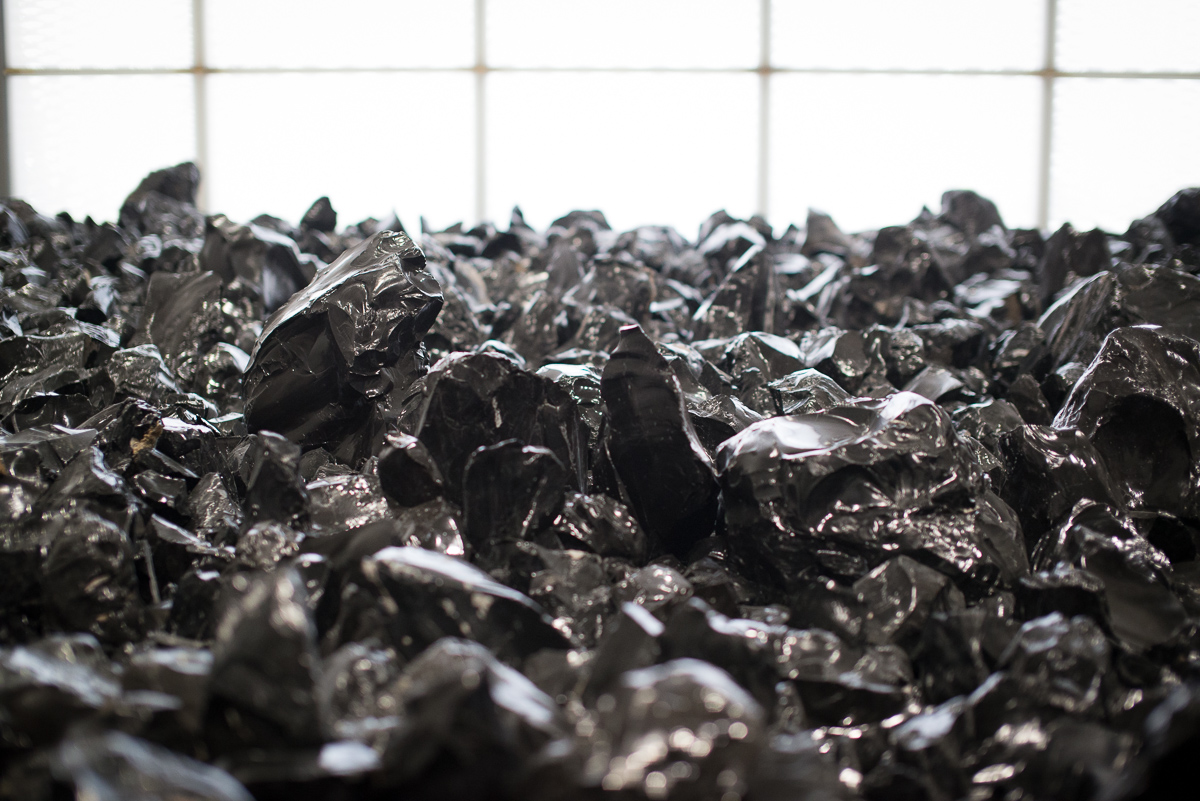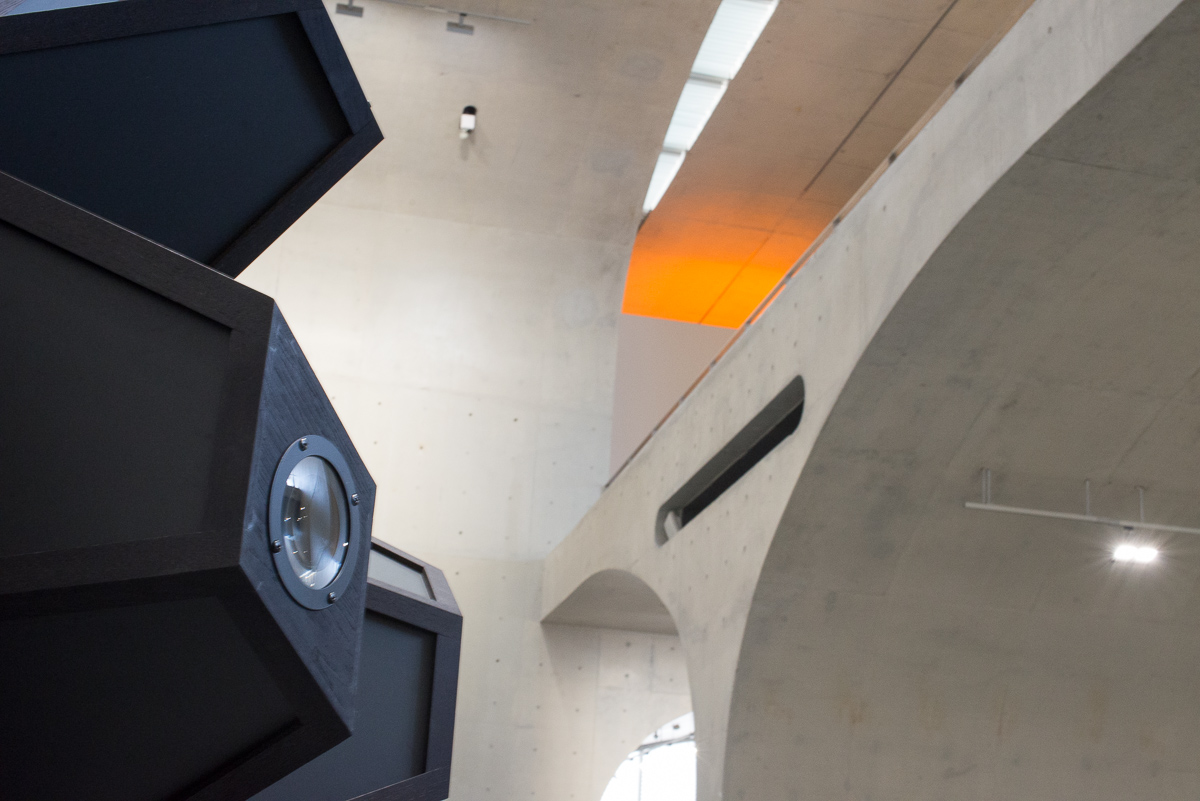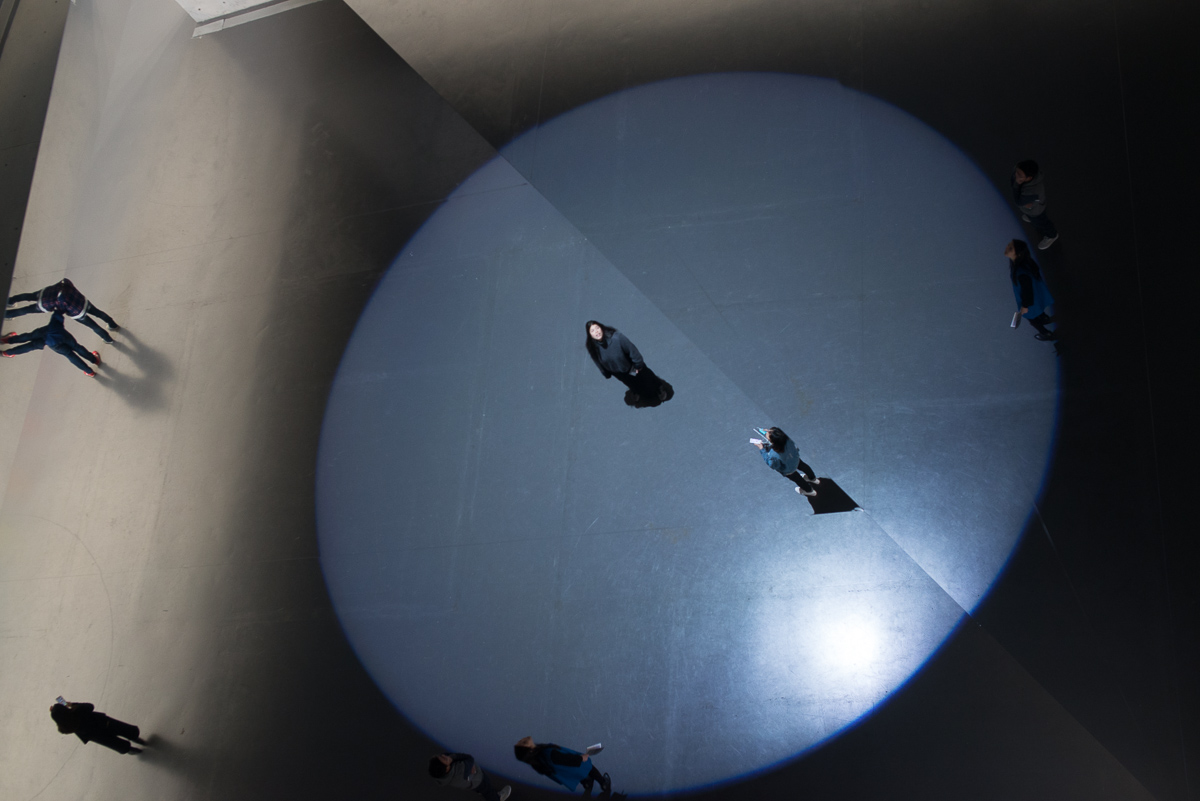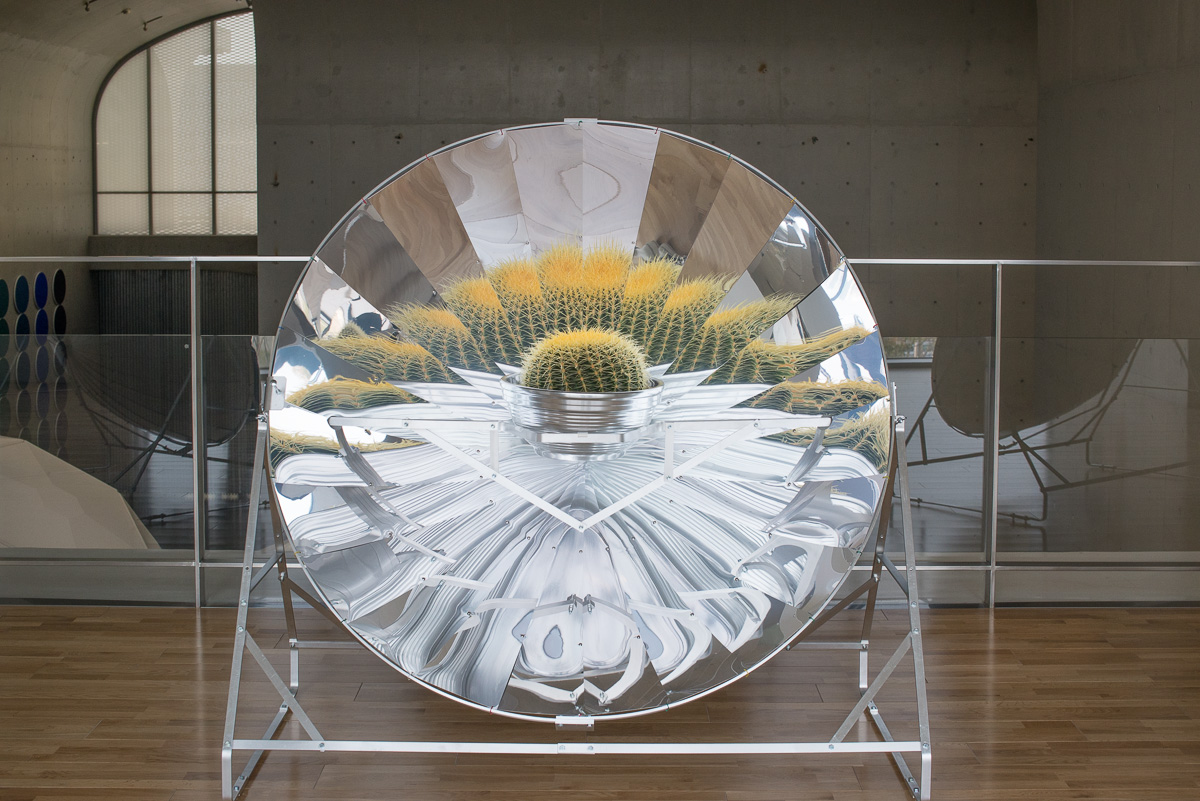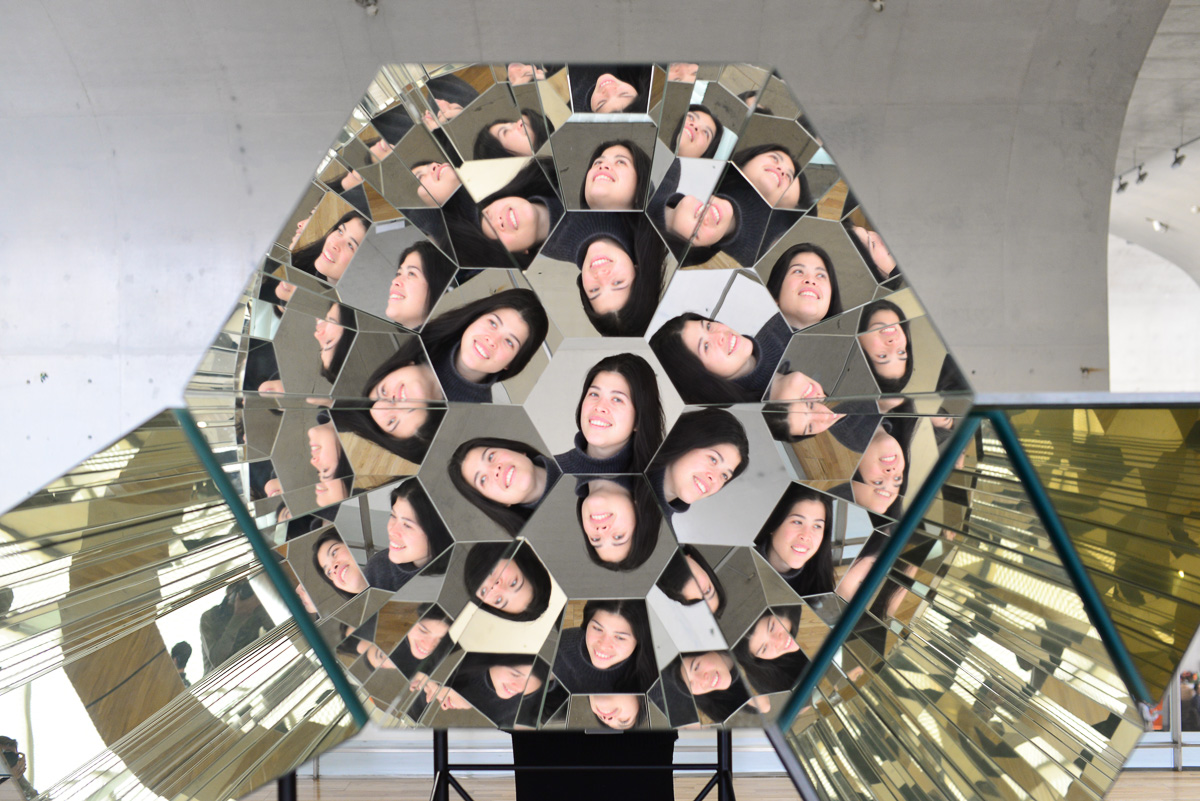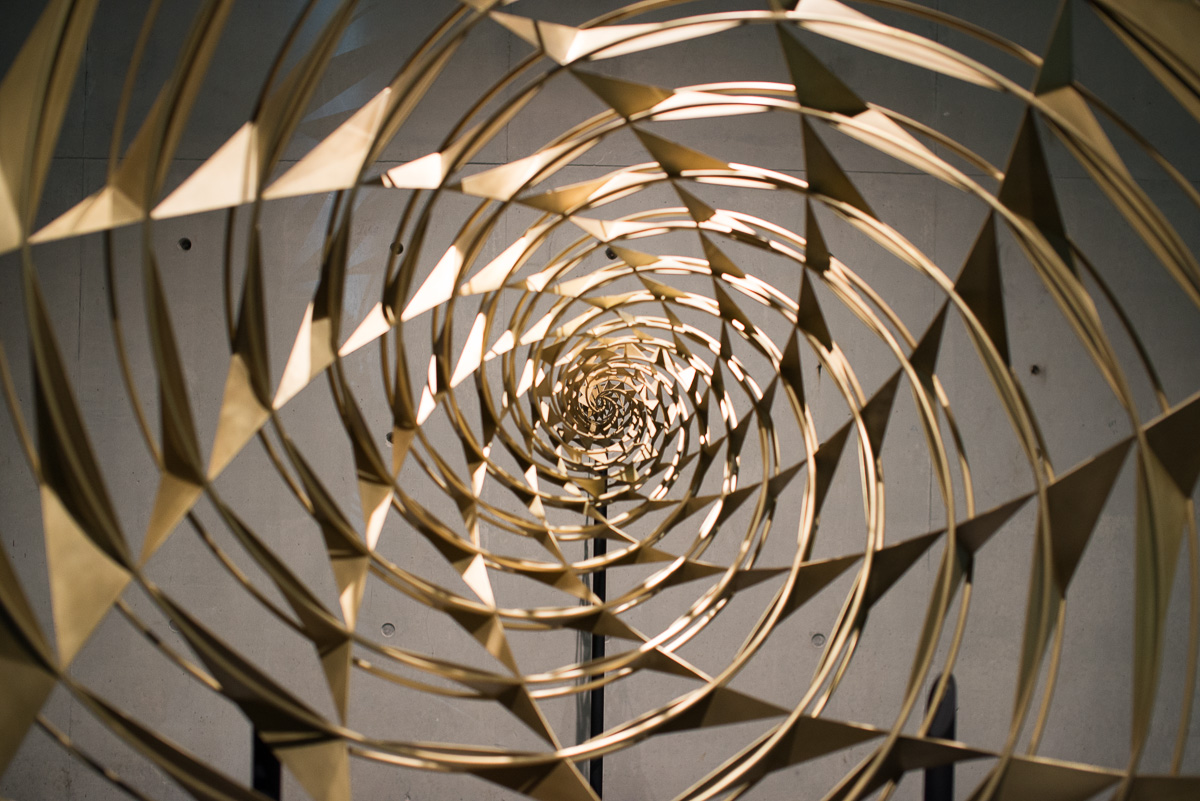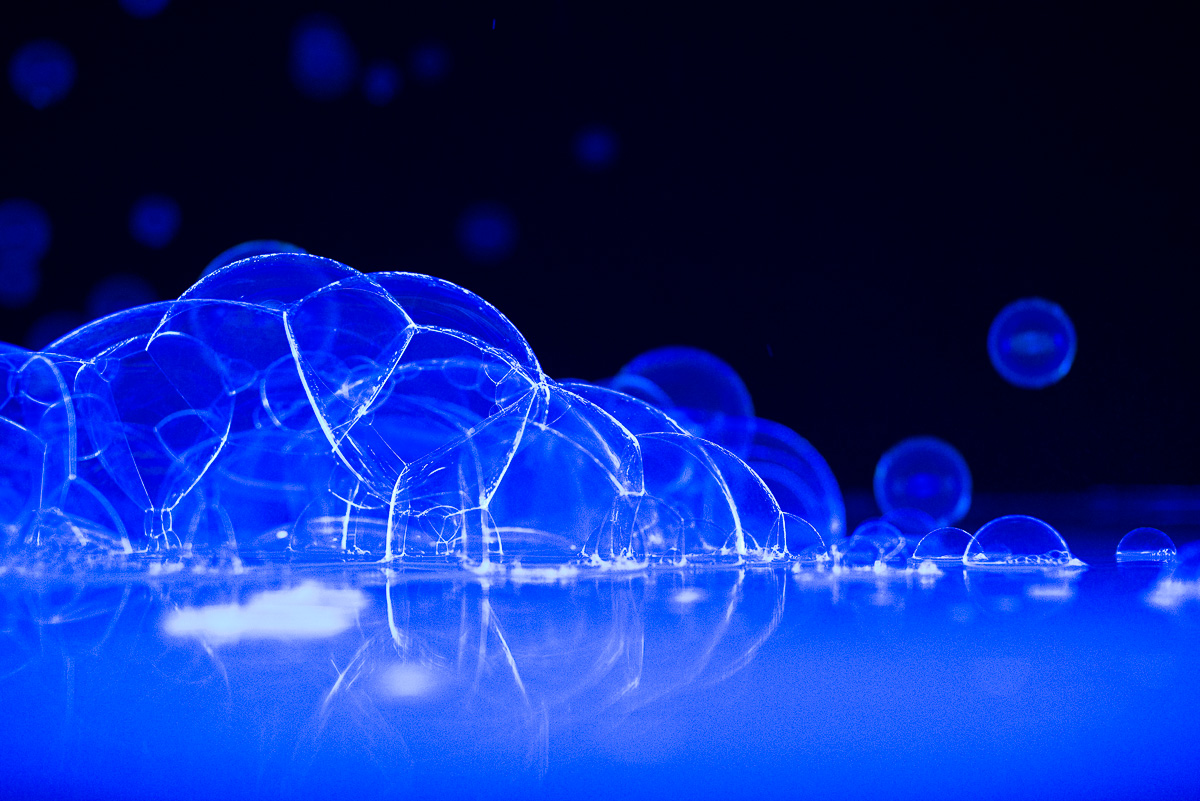The Long Museum has been classically work-in-progress yet quite open for a couple of years now. The experience has always been deflating, painfully juxtaposing the effort that artists put into their pieces alongside the couldn't-give-a-crap approach to construction finishing. The true result, regardless of content is unpolished art with piles of trash and saggy barriers in every line of sight.
This premature phase seems to have come to an end recently. Whilst the Long Museum still has terrible security, lackluster service and an eyesore grand-entrance metal detector, all the spaces and annexes look whole and complete.
Which is just in time, because the current exhibition is the best yet. It is also probably China's art highlight of the year. In 'Nothingness is not nothing at all", Olafur Eliasson has slotted his works around the Long Museum's characteristic modern spaces. It is a showcase of his work over the last 25 years, essentially an exploration of the isolation and movement of element materials.
It is mesmerisingly exaggerated. Some spaces we didn't want to leave, like the bubble-filled plain of 'Happiness', others we (I) couldn't bare to stay, like the strobing rain-filled sensory overload within the Polyphonic House.
Eliasson's showpiece and newest work The Open Pyramid, built for the Long Museum, uses intensive mirror planes to evoke a sense of omnipresence and insignificance. It feels similar to his 2003 exhibition "Weather Project" at the Tate Modern in London, with meandering spectators stopping to first comprehend and then soak in the experience.
The rest of the two-dozen works are similarly punctuated with pause-worthy mechanisms. Whether it be a huge kaleidoscope, a wall of reflective orbs or a landscape of roughly hewn obsidian, the effect is both technical and rewarding and right down my alley. Not a descriptive plaque in sight.
click here for more photos of the bubbles
